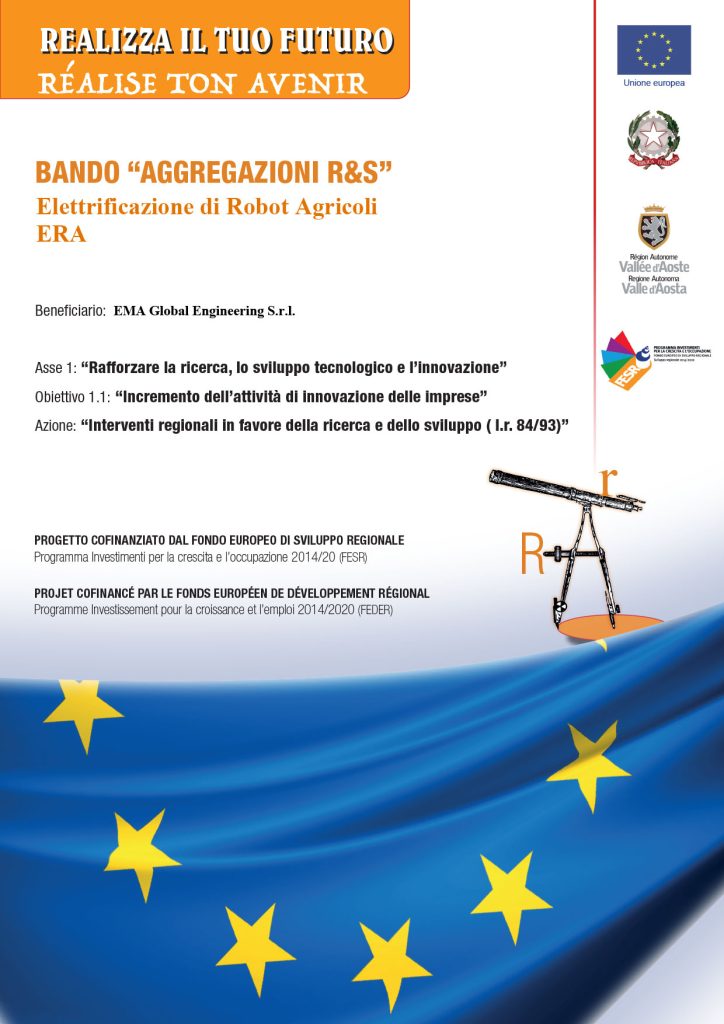PROJECT CO-FINANCED BY THE EUROPEAN REGIONAL DEVELOPMENT FUND
Investment for Growth and Jobs Programme 2014/20 (ERDF)
PROJET COFINANCÉ PAR LE FONDS EUROPÉEN DE DÉVELOPPEMENT RÉGIONAL
Programme Investissement pour la croissance et l’emploi 2014/2020 (FEDER)
Agriculture is one of the main economic field called upon to support the food needs of the world’s ever-growing population. In order to fulfil this fundamental task, agriculture will necessarily have to address and resolve certain issues that are clearly emerging: environmental impact, reduced biodiversity and labour shortages.
In this context we face the process of introducing robotics in agriculture, a process that aims to replace human resources in the most repetitive and tiring tasks by enabling them to better perform higher value-added activities, such as processing, preparing and selling products.
The robot in the case study would offer a clear cut in labour costs.
The success of robotics applied to agriculture will therefore be linked to its ability to respond to the main criticalities of the conventional model; for agricultural robots in particular, we identify these essential requirements:
- Be programmable, multifunctional and accurate, requiring the minimum level of supervision;
- Have the ability to acquire information about the characteristics of the environment in which they operate and on these basis be able to make specific operational decisions autonomously;
- Be powered by rechargeable batteries from a renewable energy source;
- Have the ability to move autonomously and safely in the field, and go to recharging stations when necessary;
- Adopt appropriate strategies to limit energy consumption and thus maximise autonomy.
This project aims to address points 3, 4 and 5 by identifying and developing appropriate technologies, applying them to an existing case and measuring the results.
Recharging Station Reconditioning
The Recharge Station, currently only equipped with an inverter and water tank, will integrate the robot’s recharging system. Buffer batteries and solar panels will also be integrated to modulate the use of the electricity grid as much as possible. A maximum of 8 hours of field work is planned during the summer period and a maximum of 10 KWh is estimated for a total worked area of 1,000 square metres with one charging cycle per day, or with two cycles per day over an area of 2,000 square metres. At rest (or whenever the consumption prediction algorithms deem it necessary) the robot will position itself near the charging station and wait for the charge needed for the next machining operation.
Wireless data connection with the robot (energy available for charging, remaining robot autonomy, queued operations, environmental conditions, etc.), direct or via online server.
Robot
Equipped with rechargeable batteries capable of guaranteeing an autonomy of approximately 8 hours for typical activities during the summer period (10 KWh) over an area of 1,000 m2; cyclic operation with 2,000 effective discharge cycles.
Wireless data connection with the ground station.
Rechargeable batteries. Use of algorithms for workload prediction, route optimisation and energy management. Optional use of online weather services.
Use of algorithms for energy-saving operation (speed reduction, operation postponement) based on remaining autonomy and recharge availability times.








